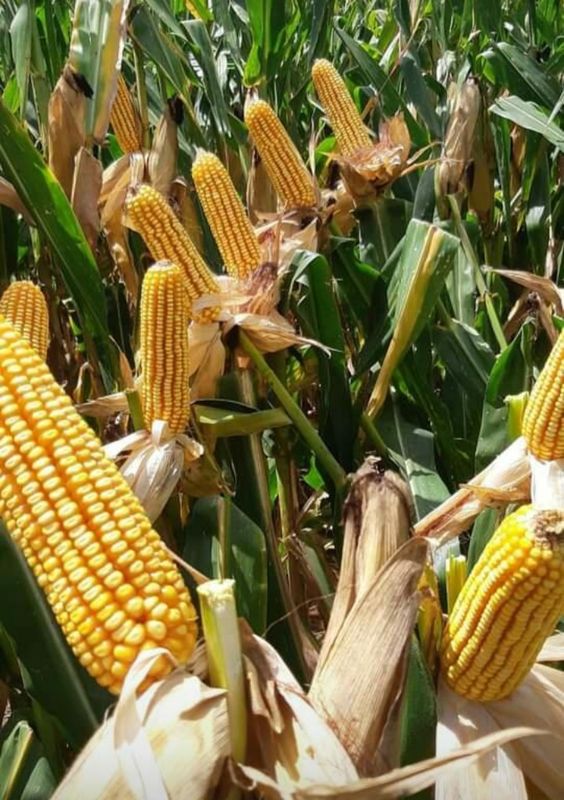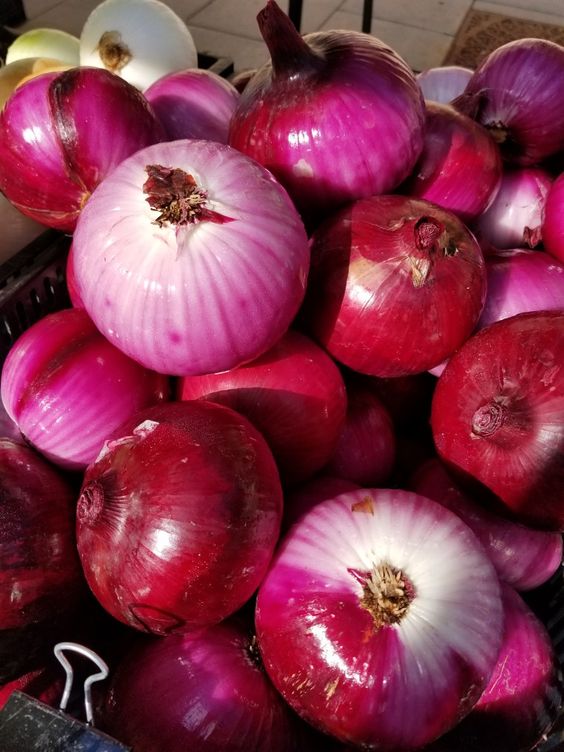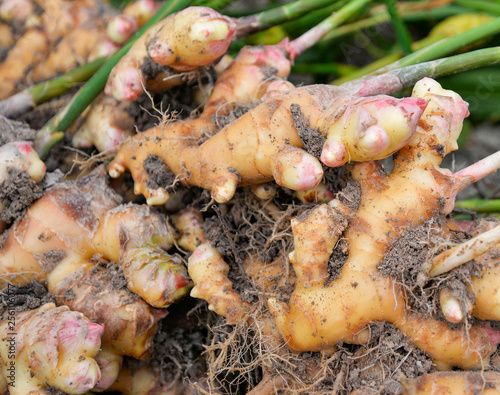Smart fresh Potato Farming: Optimizing Yields and Profits with Technology
Fresh potatoes are a dietary staple worldwide, but their production faces challenges. Traditional methods can be resource-intensive and susceptible to environmental factors. Here’s where Smart Agriculture steps in, offering a data-driven approach to optimize potato cultivation, leading to higher yields, better quality, and improved resource management.
Fresh Potato Smart Agriculture, also known as Precision Agriculture, utilizes technology to collect real-time data on various aspects of potato farming. Sensors monitor soil moisture, temperature, and nutrient levels. Drones capture aerial imagery to assess plant health. Advanced analytics platforms translate this data into actionable insights, empowering farmers to make informed decisions.
Contents
Benefits of Smart Agriculture in Fresh Potato Production
- Increased Yields: One key benefit is increased yields. By utilizing real-time data to optimize irrigation and fertilization, farmers can ensure that their potato crops receive the precise amount of water and nutrients needed for healthy growth. This reduces wastage and promotes higher yields, as crops are better equipped to reach their full potential.
- Improved Quality: Improved quality is another important benefit. Smart Agriculture technologies allow for continuous monitoring of soil health, moisture levels, and nutrient balance. This proactive approach helps address issues like nutrient deficiencies or soil imbalances before they affect potato quality, ensuring a more consistent and marketable product.
- Enhanced Resource Management: Enhanced resource management is achieved through precision watering and targeted fertilizer application. These techniques not only conserve water and reduce waste but also minimize the environmental impact of farming practices by limiting excess runoff of fertilizers and pesticides into nearby ecosystems.
- Reduced Costs: Smart Agriculture also leads to reduced costs. With better management of resources such as water, fertilizers, and pesticides, farmers can save money on these inputs. The increased efficiency and accuracy of resource use reduce the overall operational costs.
- Early Disease Detection: Early disease detection is made possible by sensors and monitoring systems that can identify signs of disease outbreaks at early stages. This allows farmers to take swift action, applying targeted treatments to minimize crop losses.
- Labor Optimization: labor optimization is another significant benefit. Automating routine tasks like data collection, field monitoring, and irrigation scheduling reduces manual labor, freeing farmers to focus on strategic decision-making and farm management.
- Traceability and Transparency:traceability and transparency are enhanced through smart technology integration. Using blockchain, potatoes can be tracked from farm to table, fostering consumer trust and ensuring transparency in the supply chain.

Objectives of Smart Agriculture in Fresh Potato Production
The primary goal of Smart Agriculture in fresh potato production is to promote sustainable intensification, ensuring that farmers can meet the increasing demand for potatoes while minimizing environmental impact and optimizing the use of resources. This approach is essential for improving both productivity and sustainability in the agricultural sector.
increase potato yield per unit of land and water:One key objective is to increase potato yield per unit of land and water. By leveraging data-driven technologies, farmers can optimize irrigation and nutrient delivery, ensuring that crops receive the exact amounts needed for healthy growth without wasting resources.
reduce dependence on chemical inputs:Another objective is to reduce dependence on chemical inputs, such as fertilizers and pesticides. Smart Agriculture enables precise applications, minimizing the use of these inputs and reducing harmful runoff into the environment.
Improving overall farm profitability:Improving overall farm profitability is a core focus as well. By enhancing resource efficiency and reducing input costs, Smart Agriculture allows farmers to maximize profits while maintaining sustainable practices.
minimize post-harvest losses:Additionally, Smart Agriculture seeks to minimize post-harvest losses by optimizing storage conditions and monitoring potato health throughout the production cycle.
enhance potato quality and shelf life: Smart Agriculture aims to enhance potato quality and shelf life, ensuring that potatoes meet market standards and remain fresh for longer periods, benefiting both producers and consumers.

How Does Smart Agriculture Work for Potatoes?
Smart Agriculture for Fresh Potato involves a combination of technologies, including:
- Sensors: One of the key technologies is sensors, which play a crucial role in monitoring soil and environmental conditions. These devices can measure parameters such as soil moisture, temperature, pH levels, and nutrient content. Wireless sensor networks transmit this data in real-time, enabling remote monitoring and precise adjustments to irrigation and fertilization schedules. This ensures that potatoes receive the right amount of water and nutrients at the right time, reducing wastage and enhancing growth.
- Drones: Drones equipped with high-resolution cameras and multispectral sensors are another important component. By capturing aerial imagery of potato fields, drones help farmers identify issues such as nutrient deficiencies, pest infestations, or water stress. Early detection allows for targeted interventions, preventing potential yield losses and ensuring healthy crop development.
- Geographic Information Systems (GIS): Geographic Information Systems (GIS) are used to compile data from various sources, including sensors, drones, and historical weather records. This creates a comprehensive, detailed view of the potato farm, helping farmers make informed decisions about planting, irrigation, and pest control.
- Advanced Analytics: Advanced analytics further enhance decision-making. Using machine learning algorithms, software analyzes the vast amounts of data collected from sensors, drones, and weather stations. These insights help farmers predict crop health, forecast yields, and determine resource requirements, enabling more efficient farm management.
- Variable Rate Technology (VRT): Variable Rate Technology (VRT) allows farmers to apply water, fertilizer, and other inputs in varying amounts across different zones of the field. This precision ensures that each section of the field receives what it needs for optimal potato growth, leading to improved yields, reduced resource use, and minimized environmental impact. Through these integrated technologies, Smart Agriculture transforms potato farming into a more efficient and sustainable process.

Advantages of Smart Agriculture for Fresh Potato Farmers
- Data-Driven Decision Making: Fresh Potato Smart Agriculture empowers farmers with real-time data, enabling them to make informed choices on irrigation, fertilization, and pest control.
- Improved Sustainability: By optimizing resource use and minimizing chemical reliance, Smart Agriculture practices promote sustainable potato farming.
- Reduced Risks: Early detection of potential issues allows for timely interventions, mitigating risks of crop losses and ensuring consistent potato quality.
- Increased Farm Efficiency: Automation and data analysis streamline farm operations, freeing up time for farmers to focus on strategic planning and market opportunities.
- Improved Profitability: Smart Agriculture practices lead to higher yields, reduced waste, and efficient resource management, ultimately improving farm profitability.
Conclusion Fresh Potato Smart Agriculture offers a powerful toolbox for potato farmers. By embracing data-driven approaches, farmers can optimize their operations, ensure sustainable practices, and deliver high-quality potatoes to consumers. With continuous advancements in technology and increasing accessibility, the future of potato production lies in the hands of Smart Agriculture, leading to a more productive, sustainable, and profitable potato industry.




